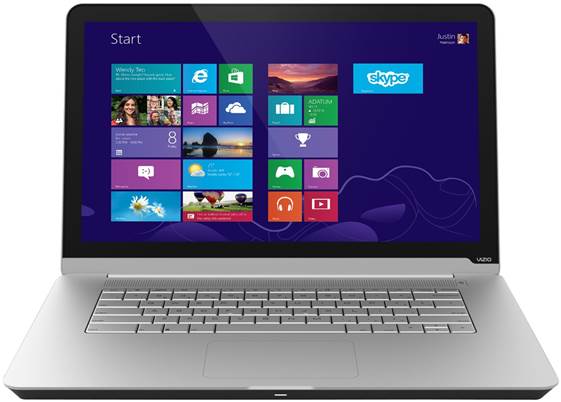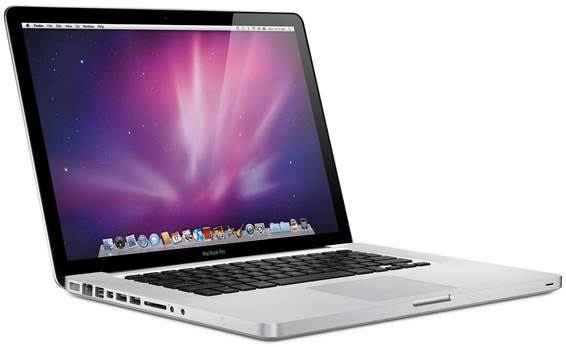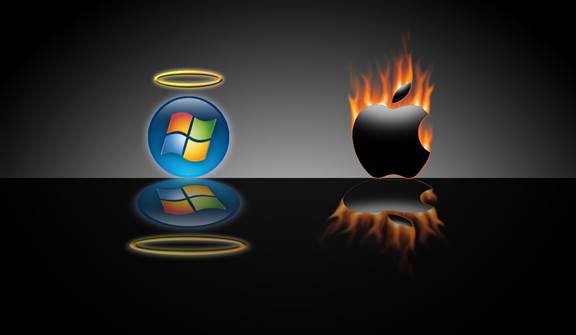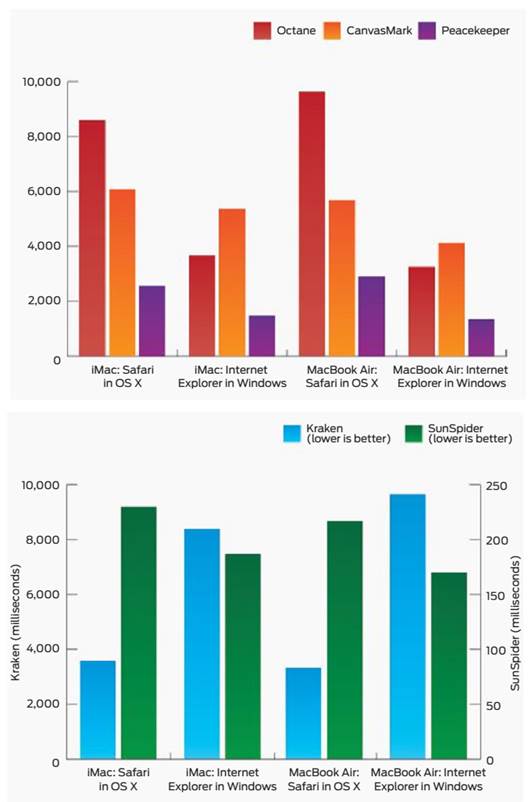Windows and OS X each have their supporters, but which
will make your applications run at full speed?
Apple hardware is everywhere, and if you don’t already own a
Mac, you may well be considering one for your next PC.
In our reviews, the MacBook Pro 13in with Retina display,
27in iMac and MacBook Air received Recommended awards. Even in business, Mac
desktops have become a viable choice (apart from their higher price-tag
compared to Windows competitors), thanks partly to their ability to run both OS
X and Windows, whether via a virtualization package such as Parallels, or via
Apple’s Boot Camp dual-boot system.

Microsoft Windows
But which system should you make your main operating system?
OS X has the advantage of better security and better integration for things
such as multi-touch gestures and function keys, but Windows has its own
strengths, including more games, wider hardware compatibility and broader
support for legacy software.
One factor that’s difficult to quantify is performance. OS X
and Windows are based on different kernels, with distinct approaches to the
likes of multitasking and virtual memory What’s more, while many mainstream
applications are offered on both platforms, they’ll necessarily be implemented
in different ways, as dictated by the different platform architectures. As
such, they perform the same jobs quite differently
With that in mind, we set out with a stopwatch to time how
long OS X and Windows took to complete a variety of common desktop tasks. Our
mission was to find out whether Apple’s native OS gives a performance advantage
over Windows, or if it’s actually slower.

Mac OS X
To ensure our results were representative, we tested the
OSes on the same hardware - a pair of mid-range Mac systems with relatively
limited power, where performance could easily be a real-world issue. One was a
2008 iMac with a 2.4GHz Core 2 Duo E8135 processor, 3GB of 667MHz DDR2 RAM and
a 250GB Hitachi Deskstar P7K500 3.5in hard disk. The other was a 2011 MacBook
Air, with a 1.6GHz Core I5-2467M processor, 4MB of 1333MHz DDR3 RAM and an
Apple SM128C SSD.
Both machines were set up as Boot Camp dual-boot systems.
Since most Mac users keep their operating system current, we used the latest
release of OS X 10.9, Mavericks; for Windows, we used the most popular version
of the OS, namely Windows 7 Home Premium, running natively on the hardware.

OS X and Windows
are based on different kernels, with distinct approaches
Test 1: Browser performance
We started our tests by looking at web-browser performance.
This is an important aspect of overall performance, since these days we use our
browsers for everything from sending and receiving email and working on
documents to watching movies and playing games.
To get an all-round picture, we tested each platform with
five benchmarks. The SunSpider, Kraken and Octane tests focus on JavaScript
performance, reflecting the general responsiveness of apps such as Gmail and
Google Drive. The CanvasMark and Peacekeeper benchmarks assign more weight to
the graphical and entertainment capabilities of HTML5, giving an indication of
each platform’s multimedia performance.
We first carried out these tests using the browser bundled
with each OS - Safari 7 on OS X and Internet Explorer 10 on Windows 7. You can
see our results in the graphs above, which detail the tests across both
browsers on both platforms. Graph 1 shows scores from the Octane, CanvasMark
and Peacekeeper benchmarks: these all return absolute scores, so taller bars
show better performance. The Kraken and SunSpider benchmarks - shown in graph 2
on the right - return results in milliseconds, so here a lower score is better

Bundled browser
performance
Overall, we found Safari on OS X took the lead. On our iMac,
across all benchmarks, Safari proved 67% faster on average than Internet
Explorer on Windows. On the MacBook Air, Safari was around twice as fast
overall.
We saw one glaring anomaly: Microsoft’s browser pulled far
ahead of Safari in the SunSpider test. We suggest you don’t attach too much
significance to this, however: when you consider IE’s laggardly scores in the
other benchmarks, it looks as though the browser has been specifically
optimized for this benchmark. We expect real-world performance will be closer
to what we’ve seen in the Kraken and Octane tests.
Clearly, if you’re planning to stick to the OS developer’s
own browser, Safari on OS X is the way to go, but it’s worth remembering that
these native browsers aren’t your only options. One popular alternative is Google
Chrome, which is offered for both OS X and Windows. When we repeated our tests
using the latest build of Google Chrome (version 29) on both systems, we saw OS
X’s apparent advantage completely erased. In fact, Apple’s platform was left
slightly behind overall - the iMac trailed across our tests by an average of
8%, the MacBook Air by around 1%. This is probably a small enough margin to
live with, but the upshot is clear: when it comes to online performance, your
choice of OS makes much less difference than your choice of browser.